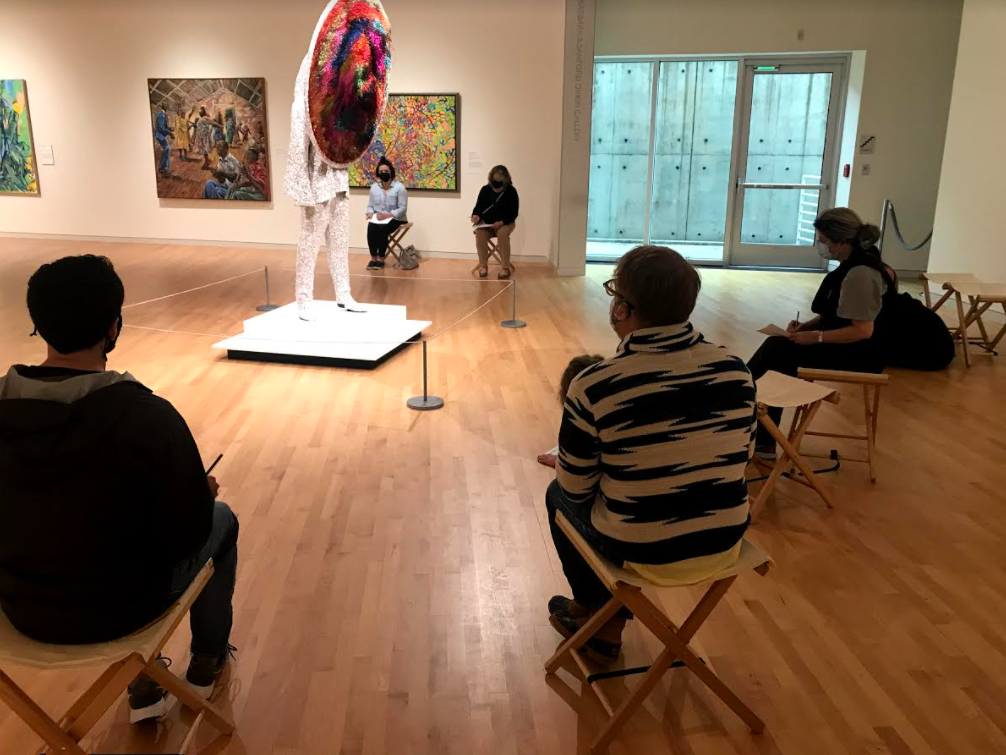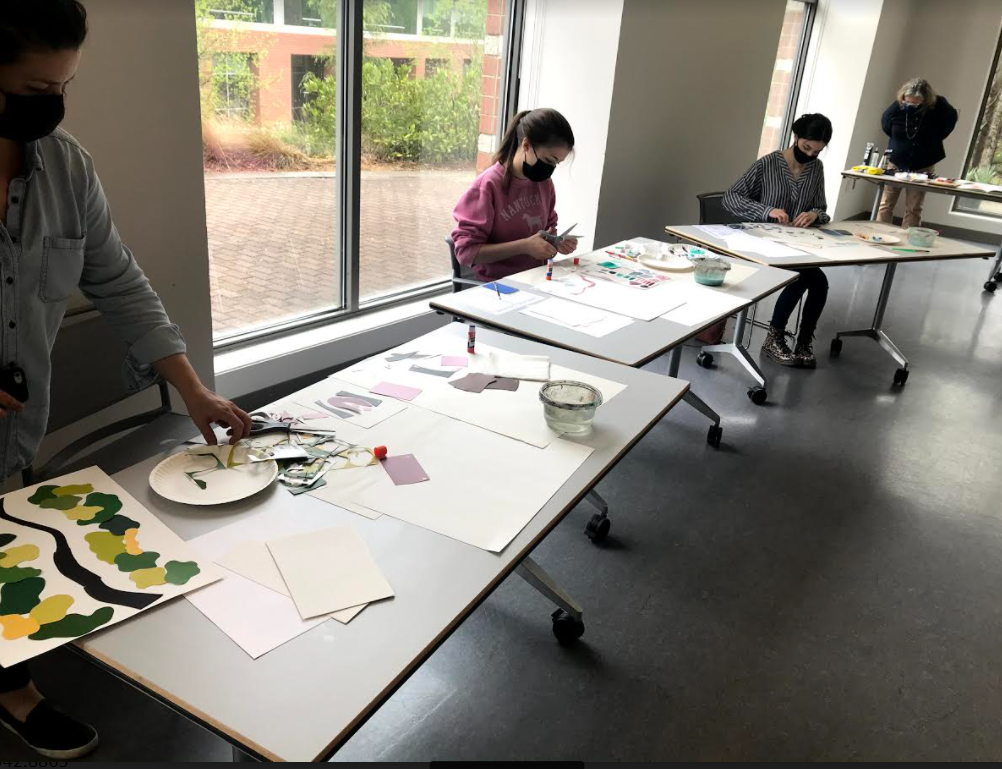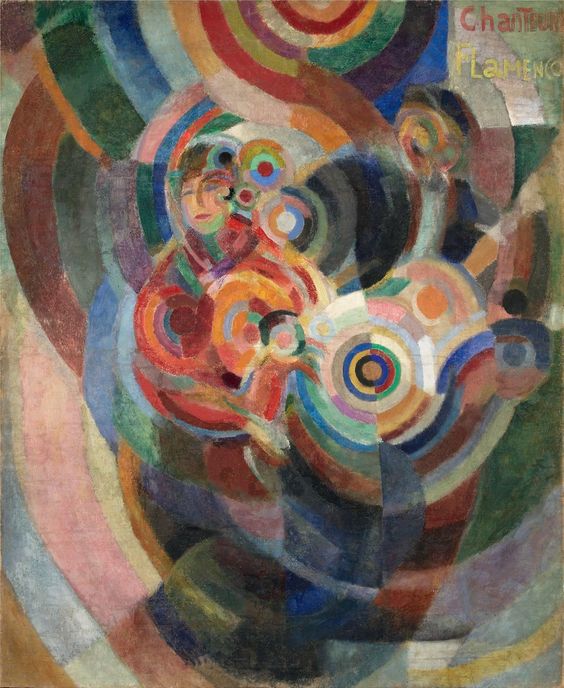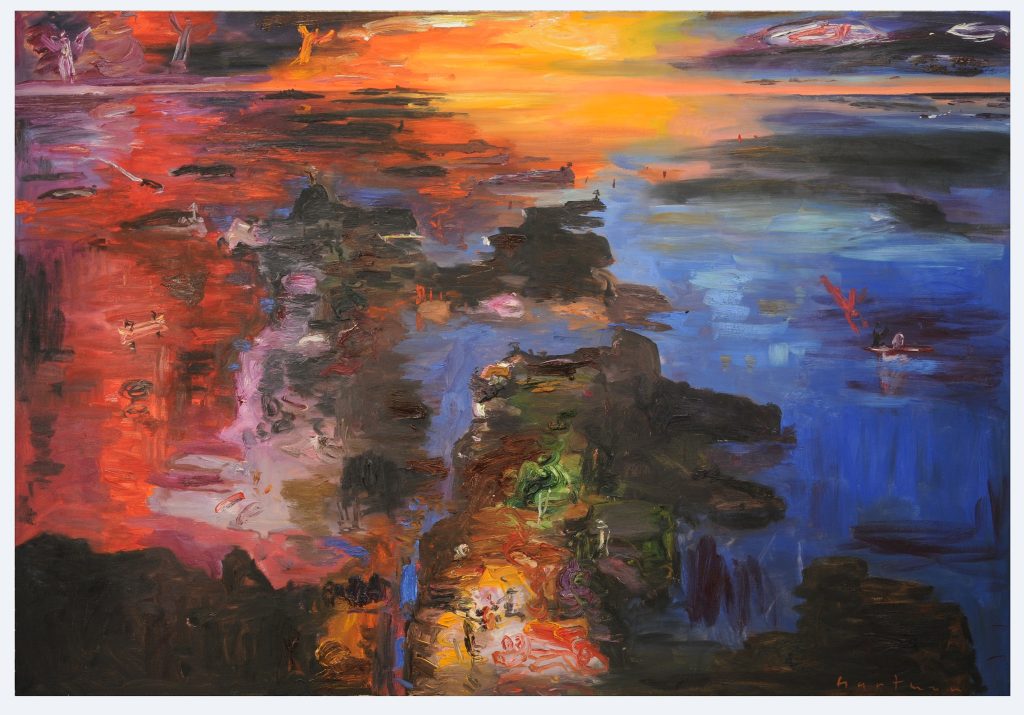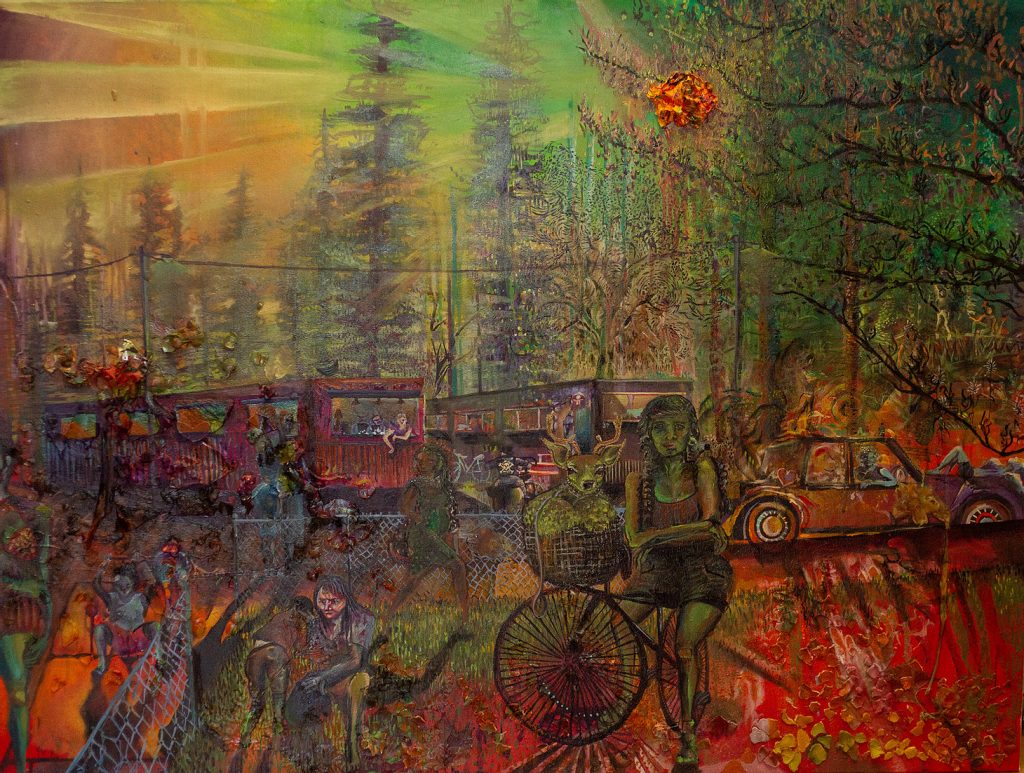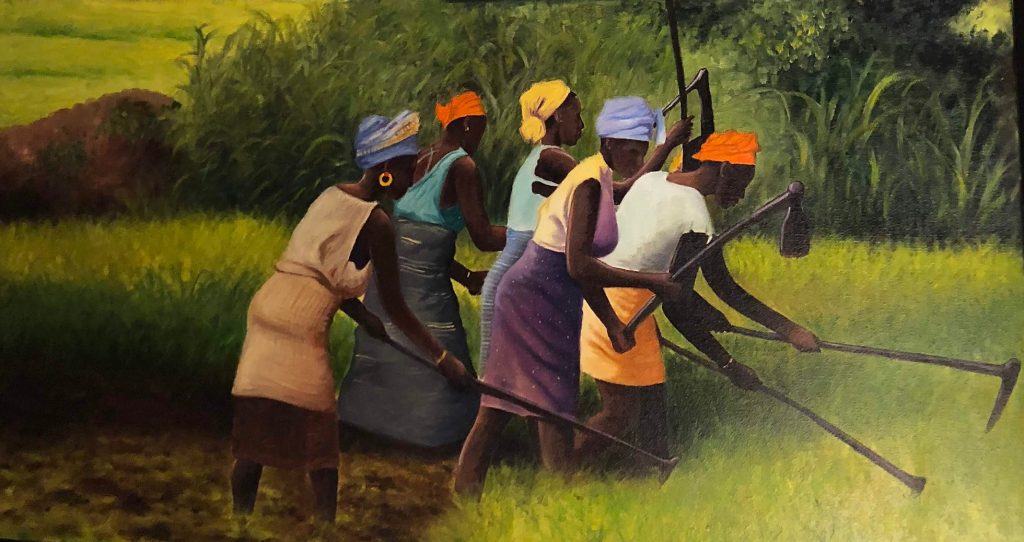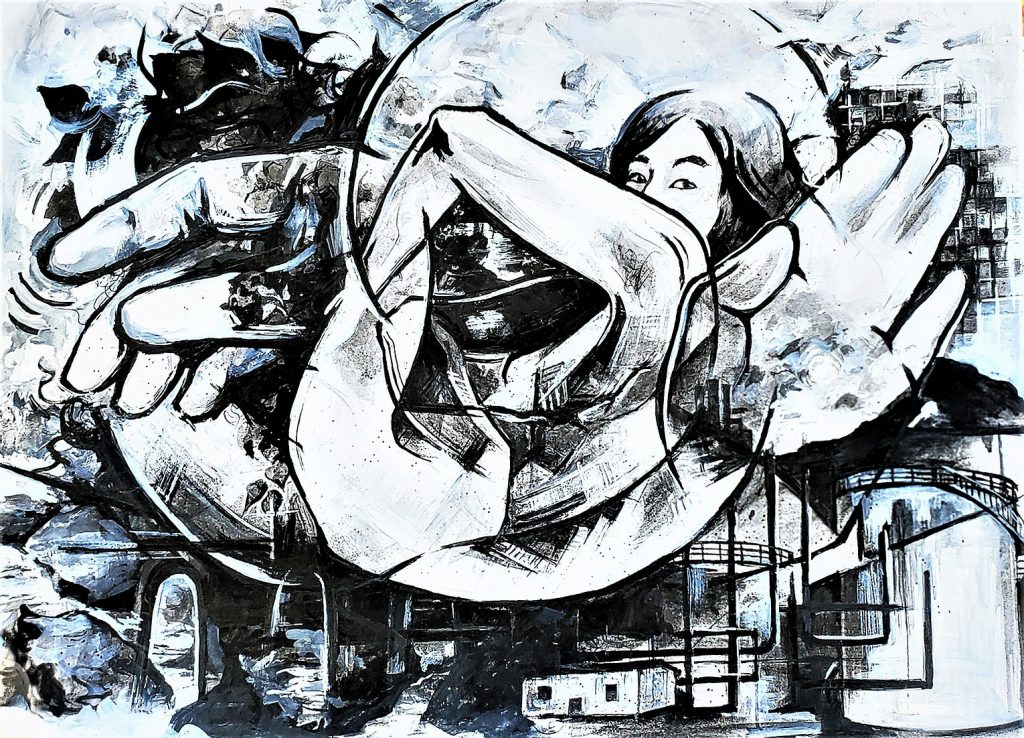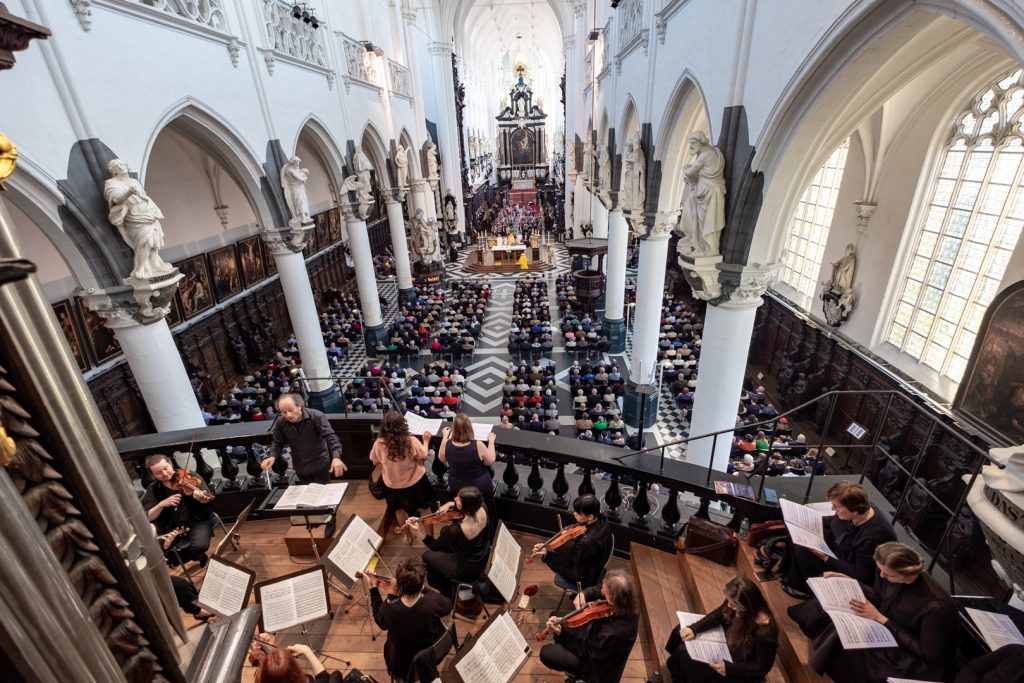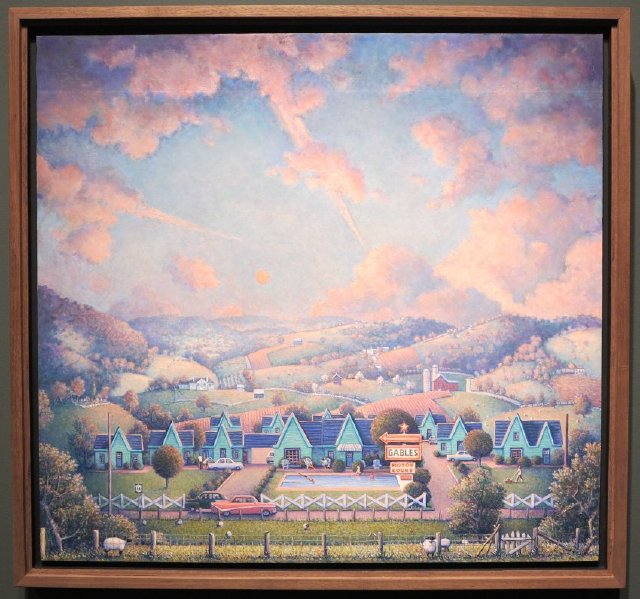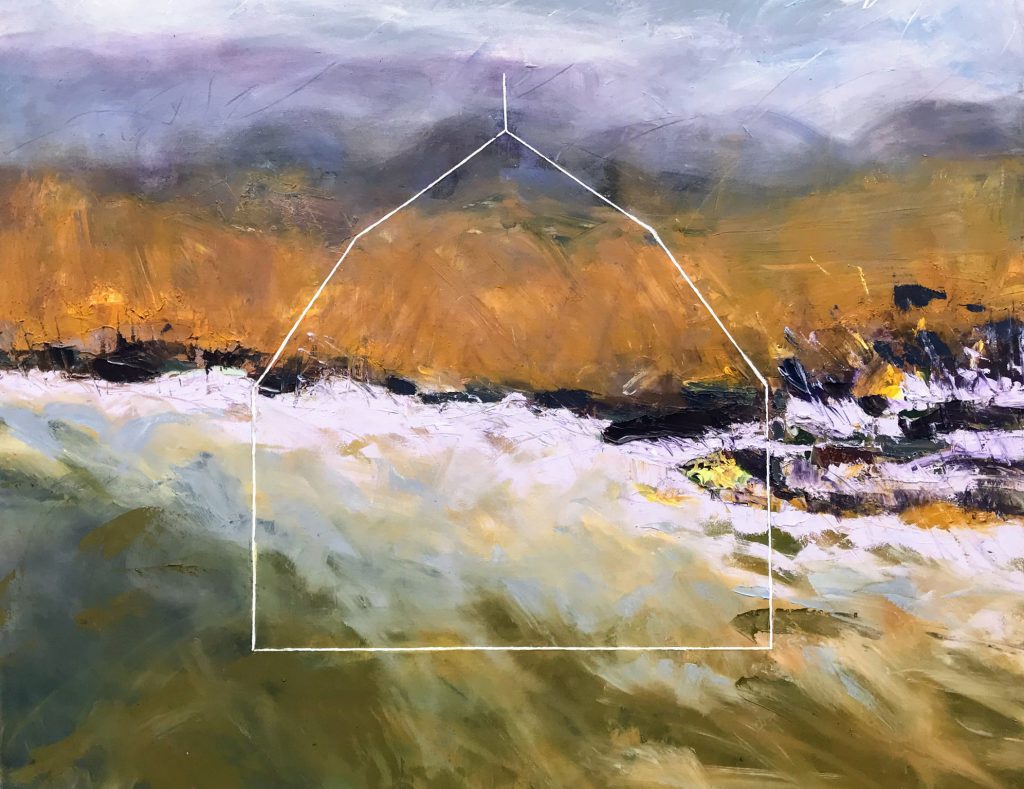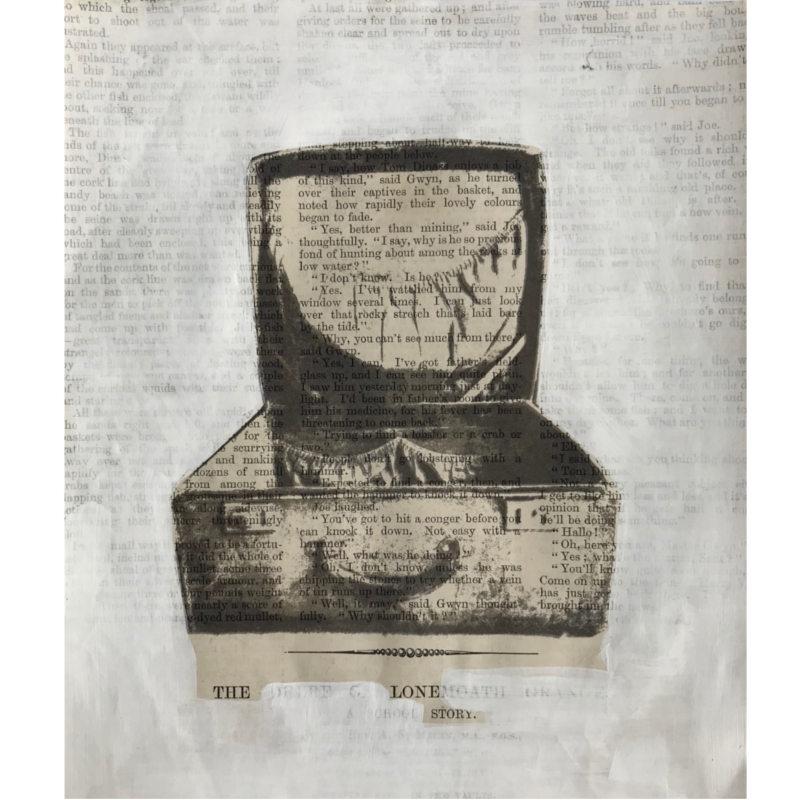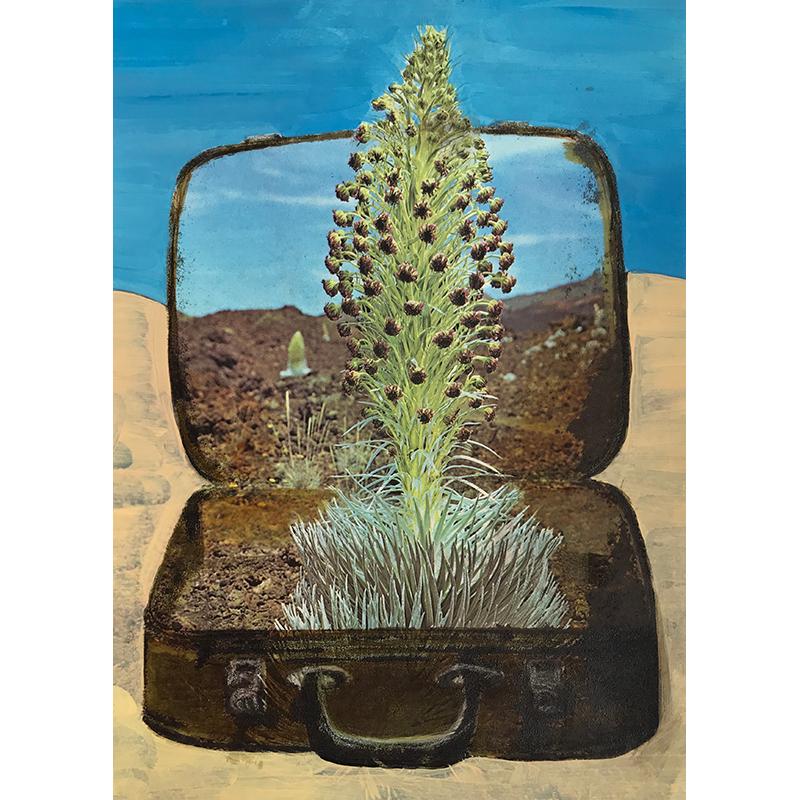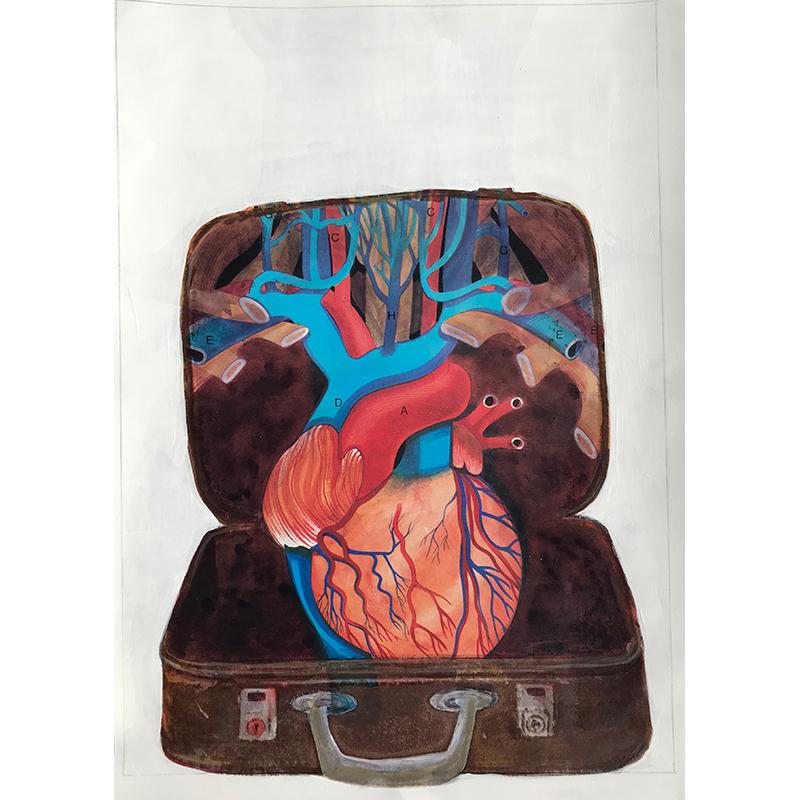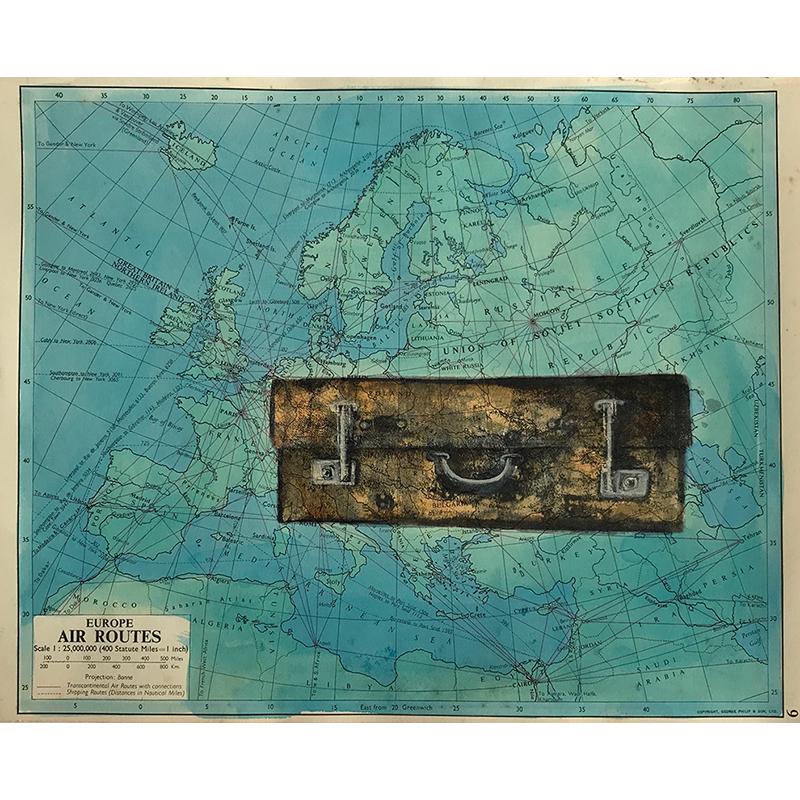For their first Slow Art Day the Florida Museum of Photographic Arts in Tampa, Florida, hosted an in-person event focused on mindfulness and gratitude.
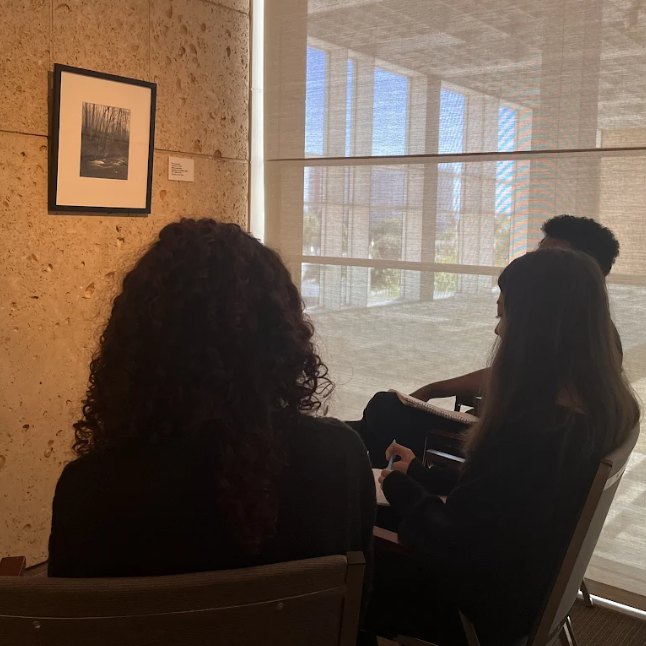
During the event, participants were taken through a step-by-step presentation by Zora Carrier, Executive Director of FMoPA, which we highly recommend curators and educators review and consider for inspiration for their own events.
Participants were first invited to do a body scan — noticing their sensations without judgement. We love this beginning. This is a great way to ground people in their body and senses.
Once they were tuned up, they were then invited to look slowly at two photographs by Paul Caponigro and David Dennard, and think about the following promts for each:
- Look carefully at this artwork. What do you notice? Write down your observations. Be thorough.
- Carefully review your observations.
- Write down any inferences, opinions or conclusions formed because of known facts?
- Are there any details that you want to know more about? Write 3-5 additional questions.
- What is the context of the image?
- What might the photographer be feeling?
- Is the image positive, negative or neutral?
- Is this image about an idea/concept that we can’t recognize with our five senses?
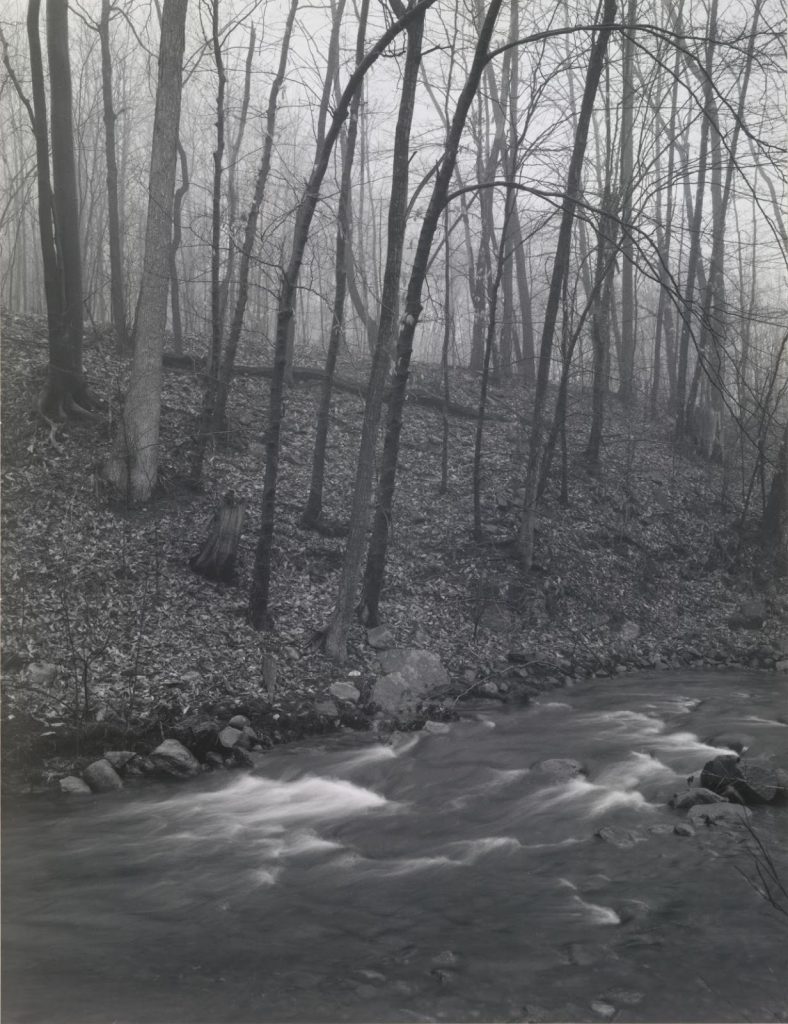
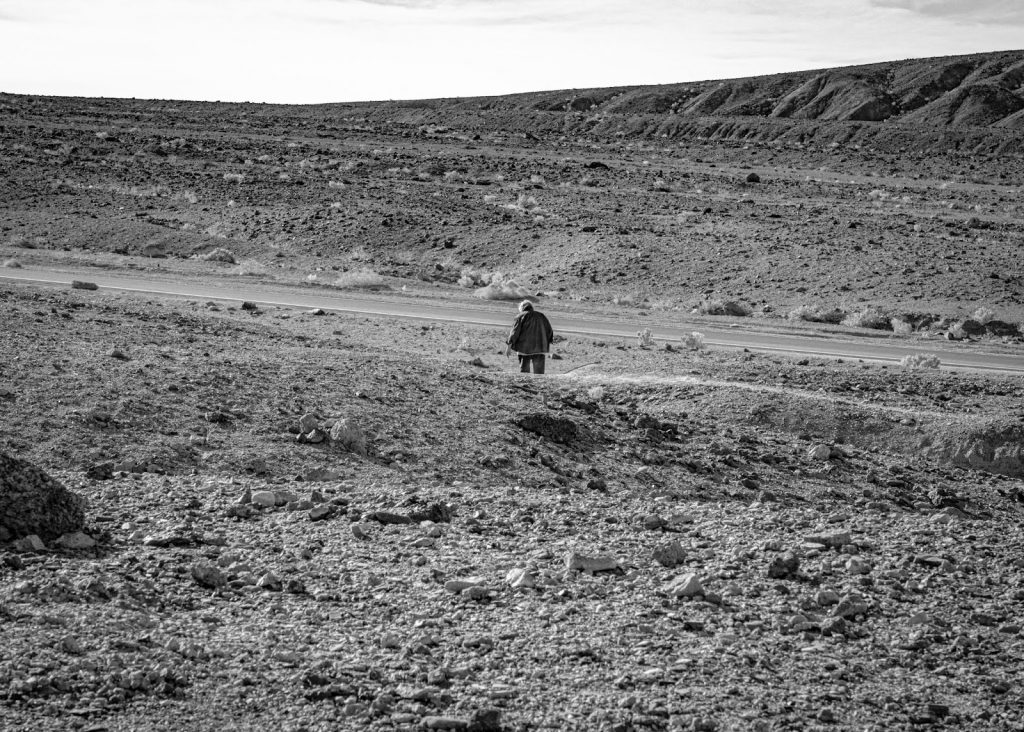
To finish the session, all participants were asked to do some breathing exercises and write a gratitude note to a person of their choice, guided by a three-step prompt:
- Step 1: Focus on the recipient. Spend a few moments thinking about the note recipient—what they did for you; what they said; what it meant—focusing on the feel of the paper, colors, or what mental images come to mind when you think about the person.
- Step 2: Be specific and personal. Think about the thing you’re most grateful for out of your relationship with the person.
- Step 3: Think about how it made you feel—then and now. Don’t feel restricted by making it look ‘good’ as long as you can communicate your gratitude. Art is subjective, and this won’t be criticized.
In our own slow looking of these two photographs, we were particularly captured by the juxtaposition of the lush, first photograph with the spare moonscape-like second photograph. Then, after several minutes, we looked at the caption and realized that the artist of the first one is the subject of the second one. That brought added joy to the slow looking experience.
We recommend that all Slow Art Day educators and curators do as we did, and go through Carrier’s presentation. As much as possible, look with a child’s naive eye.
We are very happy to welcome FMoPA to the global Slow Art Day, and can’t wait to see what they come up with for Slow Art Day 2023.
Johanna, Jessica, Ashley and Phyl
PS. When we started Slow Art Day, almost no museums offered regular slow looking programming. We are happy to see that FMoPA not only participates in the global Slow Art Day, but also runs monthly slow looking events.


